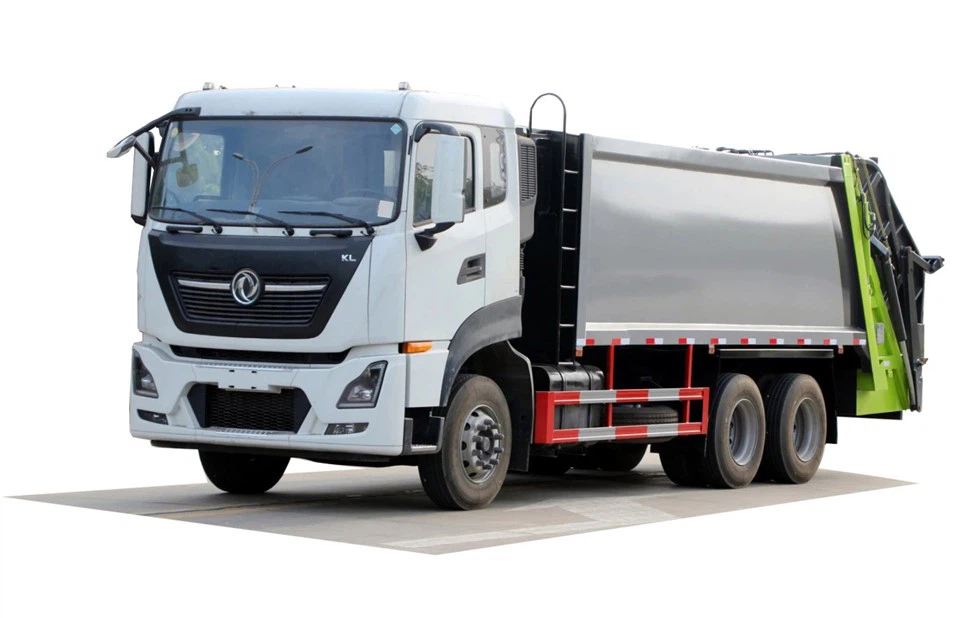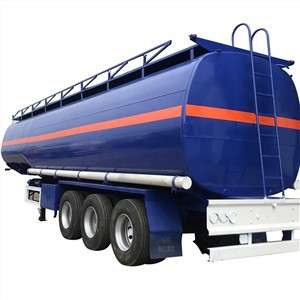The Comprehensive Guide to the Height of a Crane

Introduction
Cranes are essential machines in the construction industry, used for lifting and moving heavy materials. One of the most important specifications of these machines is their height. The height of a crane affects its lifting capacity, functionality, and the safety of operations at construction sites. In this article, we will explore everything related to the height of a crane, from the different types of cranes to how to choose the right crane for your project. We will also address common questions and provide practical examples for better understanding.
Types of Cranes
1. Fixed Cranes
Fixed cranes, like tower cranes, are permanently attached to the ground. They are commonly used in large construction projects because of their high lifting capacity and height. The fixed structure allows them to reach considerable heights, making them ideal for skyscrapers and high-rise buildings.
2. Mobile Cranes
Mobile cranes can move from one location to another, making them versatile and convenient for various construction sites. They come in different types, including truck-mounted, rough-terrain, and crawler cranes. While they may not reach the heights of fixed cranes, mobile cranes can still lift heavy loads with ease.
3. Overhead Cranes
These cranes are typically found in manufacturing facilities and warehouses. They are mounted on rails and can lift loads high enough to navigate around obstacles. The height of an overhead crane is adjustable, depending on the set requirements.
4. A-frame Cranes
A-frame cranes are simple hoisting cranes that are portable and easy to use. They can vary in height but are generally best for lower-lift applications.
Factors Influencing Crane Height
1. Type of Project
The type of construction project significantly influences the required height of cranes. For example, skyscraper projects will necessitate taller cranes compared to residential buildings.
2. Environment and Site Conditions
Site conditions, including nearby structures, power lines, and terrain, can affect crane height. Safety regulations must also be considered, which often dictate how high a crane can safely operate.
3. Lifting Capacity
The lifting capacity of various crane types often correlates with height. Higher cranes typically have greater lifting capabilities to accommodate heavy construction materials.
4. Crane Configuration
The configuration or design of the crane plays a crucial role in its height. For example, tower cranes can extend their heights with telescopic arms, whereas mobile cranes may have limitations based on their design.
Understanding Crane Specifications
1. Maximum Height
The maximum height of a crane refers to how high it can extend its boom or mast. This varies between models and types. For instance, modern tower cranes can exceed heights of 1,000 feet.
2. Working Radius
The working radius is the maximum distance a load can be lifted from the crane’s center. A higher crane might allow for a greater working radius, which is essential in extensive construction layouts.

3. Lifting Speed
Lifting speed can also be affected by the crane’s height. Generally, taller cranes have slower lifting speeds due to increased mechanical requirements for controlling heavier loads at greater heights.

Examples of Crane Heights
1. Tower Crane
A standard tower crane has a maximum height of approximately 265 feet (80 meters), with the capability to reach nearly 1,000 feet when equipped with additional mast sections.
2. Mobile Crane
Mobile cranes vary greatly, but typical models have a maximum height of around 200 feet (61 meters). However, they are generally limited by their design and the need for highway mobility.
3. Overhead Crane
Overhead cranes usually have adjustable heights, with many ranging from 10 to 30 feet (3 to 9 meters) based on the operational needs of the facility using them.

Choosing the Right Crane for Your Project
1. Assessing Project Requirements
The first step in choosing a crane is assessing the height and load requirements of your project. Define the maximum height and weight of materials to be lifted.
2. Consulting with Professionals
Engaging with crane rental companies or engineers can provide insights into the best crane types for your specific project needs. They can help analyze site conditions and recommend appropriate cranes.
3. Safety Considerations
Always prioritize safety when selecting a crane. Ensure compliance with local regulations, and conduct site assessments to avoid hazards associated with heights.
Safety Regulations and Best Practices
1. Regular Inspections
Crane height impacts stability, which is why routine inspections are crucial. These should be conducted by certified professionals to ensure all components function correctly.
2. Operator Training
Choosing a qualified operator familiar with the specific crane type and its height capabilities is essential. Proper training can prevent accidents and enhance operational efficiency.
3. Environmental Awareness
Always consider environmental conditions such as wind speed and hazards. Extreme weather conditions can significantly impact crane operation and safety at height.
Future Innovations in Crane Technology
1. Smart Cranes
With advancements in technology, many cranes now include smart features that improve safety and efficiency. These cranes can monitor height, load, and stability automatically.
2. Drones and Remote Monitoring
Drones can assist in assessing crane operations and heights from above, providing real-time safety assessments and reducing the risk involved in operating at great heights.
3. Lightweight Materials
Innovations in materials used for cranes allow for taller and more lightweight designs. These constructions maintain strength while improving ease of transport and assembly.
FAQ about Crane Height
1. What is the tallest type of crane available?
The tallest cranes are tower cranes, which can reach impressive heights exceeding 1,000 feet when fully extended and equipped with added mast sections.
2. How does height affect crane stability?
Height can significantly affect a crane’s stability. Taller cranes require additional counterweights and stabilization measures to ensure safe operation, especially in windy conditions.
3. Can I rent a crane specifically for its height?
Yes, rental companies offer cranes based on height and capacity. You can consult with experts to find a crane that matches your project’s height requirements.
4. What safety practices should be followed when operating a crane at height?
Regular inspections, operator training, awareness of environmental conditions, and adherence to safety regulations are vital practices when operating cranes at great heights.
5. How often should a crane be inspected?
Cranes should be inspected regularly—at least annually—and after significant use or if there are any indications of malfunction or wear.
6. Are there height limitations for cranes near power lines?
Yes, there are strict regulations regarding crane operation near power lines. Operators must be aware of the height restrictions and maintain a safe distance to avoid electrocution risks.
